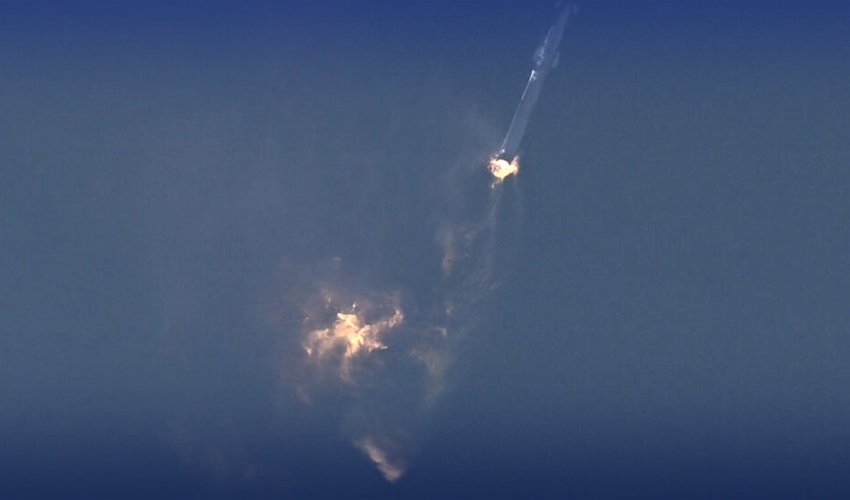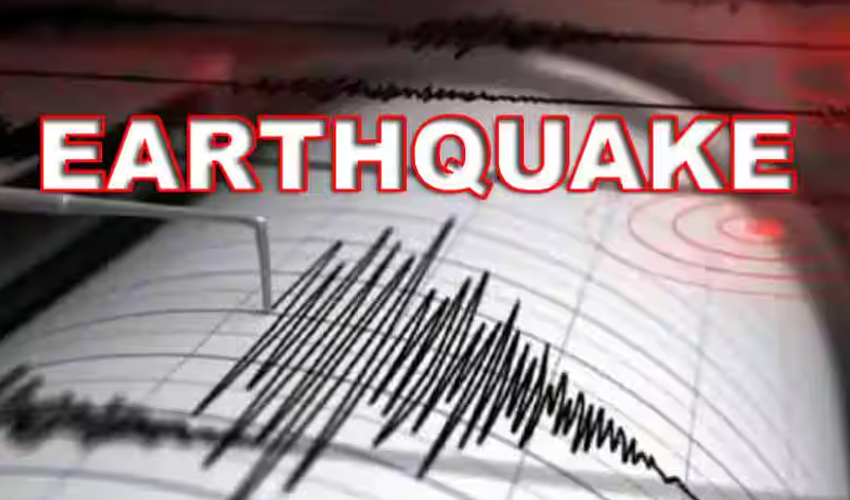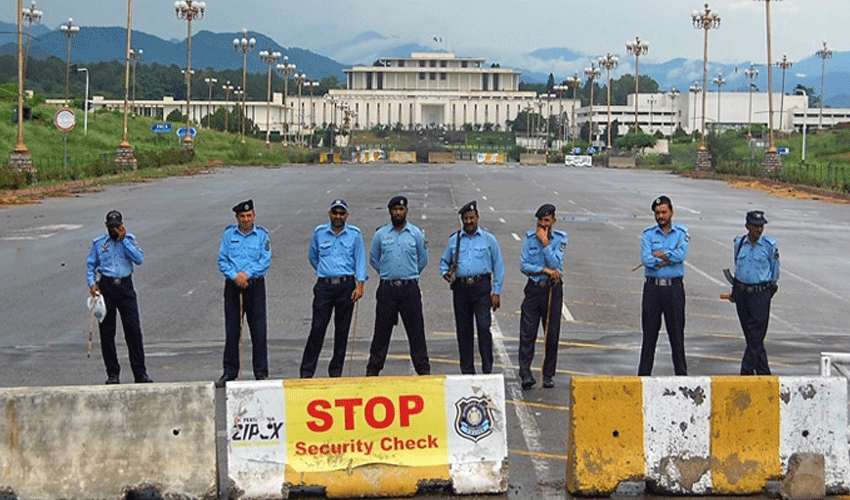SpaceX's Starship, celebrated as the most potent rocket ever built, faces an extended grounding period.
This comes as the company addresses critical issues after a spectacular explosion during its maiden orbital test flight.
The Federal Aviation Administration (FAA) has mandated 63 corrective actions to ensure future safety.
These actions involve redesigning hardware to prevent leaks and fires, fortifying the launch pad, and conducting rigorous safety tests.
The mishap occurred as the unmanned rocket disintegrated just four minutes after liftoff from SpaceX's Starbase in Boca Chica, Texas.
Engine failures and a failure to separate the first-stage booster led to this dramatic outcome.
Elon Musk initially deemed the test flight a success due to the valuable insights gained.
However, the FAA initiated an investigation, and environmental concerns prompted legal action against the regulator.
The FAA's conclusion doesn't signal an immediate resumption of Starship launches; SpaceX must implement safety measures and obtain an updated FAA license.
A new Starship stands ready, and SpaceX emphasizes that lessons learned from the initial test are actively contributing to improvements.
Standing at 394 feet tall, Starship produces 16.7 million pounds of thrust and is envisioned as a fully reusable spacecraft for Mars missions.
NASA has also contracted a version of Starship for lunar missions under the Artemis program.


























